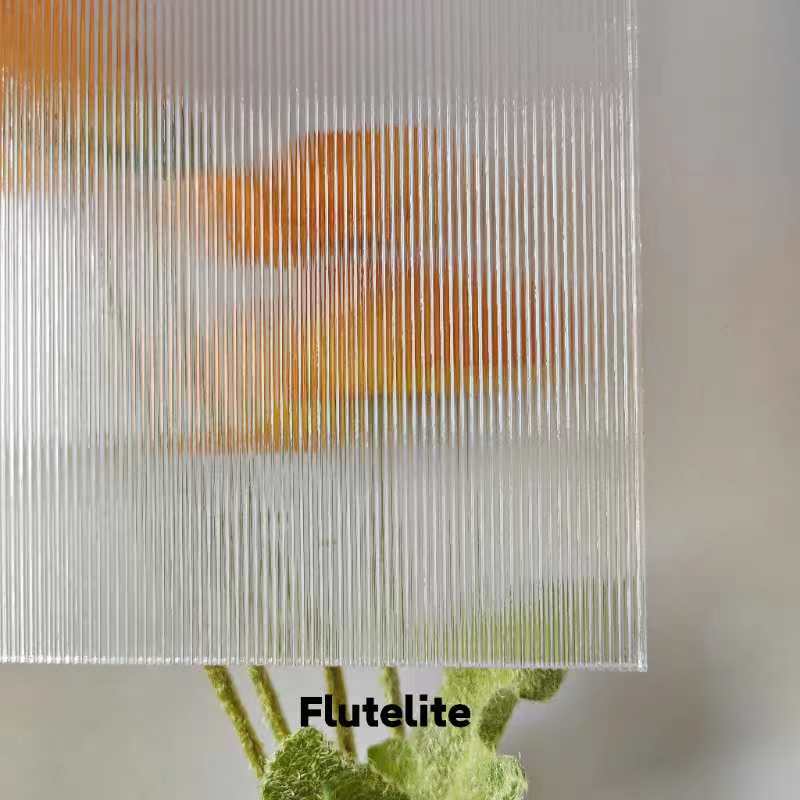

Exploring Frit Pattern Glass A Unique Fusion of Art and Craftsmanship
Frit pattern glass is a captivating medium that combines the artistry of glassmaking with innovative design techniques. The term frit refers to granulated glass that has been crushed into small particles. This versatile material serves as the foundation for a variety of artistic expressions, from intricate patterns to bold designs, and has found its place in both functional and decorative glass products. In this article, we will delve into the history, techniques, and applications of frit pattern glass, illustrating why it has become a beloved choice among artists and designers.
Historically, the use of frit in glassmaking can be traced back to ancient civilizations. Initially employed by skilled artisans for the creation of mosaics and decorative items, frit was valued for its ability to produce vibrant colors. The process has evolved over centuries, with modern techniques allowing for greater creativity and complexity. Today, frit pattern glass represents a blend of traditional glassmaking methods and contemporary art forms, setting the stage for innovation in various applications.
One of the primary attractions of frit pattern glass lies in its versatility. Artisans can experiment with different colors, textures, and sizes of frit to create unique patterns. The frit can be layered, fused, or blown to achieve desired effects. This flexibility not only makes frit an essential component for artistic expression but also opens up countless possibilities for customization. As a result, artists have the opportunity to create one-of-a-kind pieces that reflect their unique vision and style.
The creation of frit pattern glass involves several key techniques. First, the frit must be carefully prepared, often by heating glass at a high temperature until it melts into a desired consistency. The cooled frit is then crushed into smaller particles, allowing artists to manipulate it more easily. Common methods for incorporating frit into glasswork include frit casting, fusing, and slumping. In frit casting, the frit is placed into a mold and heated to form a solid piece. Meanwhile, fusing involves layering different frit colors and heating them together until they bond, and slumping allows the fused glass to take on the shape of the mold beneath it.

One popular application of frit pattern glass is in the creation of decorative panels, which can enhance the aesthetics of homes and public spaces. From stained glass windows to room dividers, these panels often incorporate intricate designs and vibrant colors achieved through various frit techniques. The luminosity of the glass, when hit by natural light, creates a stunning visual display that can transform any environment.
In addition to decorative uses, frit pattern glass is increasingly being utilized in functional items, such as tableware and lighting fixtures. The incorporation of frit into these practical objects adds an artistic touch, making everyday items more than just utilitarian. For instance, glassware artists often embellish their pieces with frit, resulting in dinnerware that is not only functional but also a conversation starter.
Moreover, frit pattern glass is becoming a popular choice among modern architects and designers who seek to incorporate unique, dynamic elements into their projects. The ability to create large glass installations with custom frit patterns allows for a highly personalized approach to architecture. This trend is becoming more prevalent in commercial and residential building designs, as clients look for distinctive features that reflect their personal style and identity.
In conclusion, frit pattern glass is a remarkable medium that marries art with craftsmanship, offering endless possibilities for creative expression. Its rich history, diverse techniques, and varied applications make it an exciting field for both artists and enthusiasts alike. Whether in decorative or functional forms, frit pattern glass captivates with its beauty and innovation, and continues to inspire new generations of creators. As we look to the future, it is clear that frit pattern glass will remain an integral part of the evolving landscape of contemporary art and design.